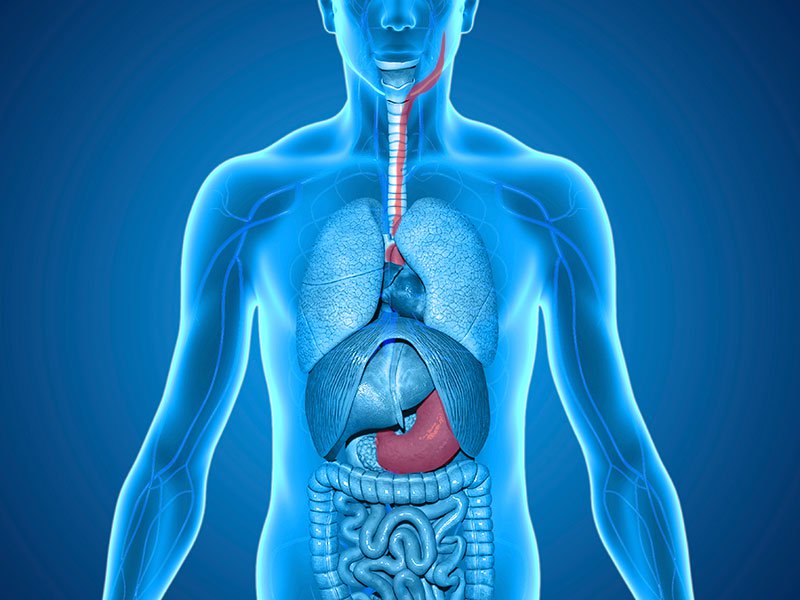https://europepmc.org/abstract/med/29299712
This may seem like a strange blog topic but, it was fresh in my mind after a visit to some extended family members in Montana. We went to tend to the family grave and I was reminded that the second child of 5 had died of SIDS at 15 months, back in the mid 70s.
The article on the causes of SIDS looks at a triad of risk factors that come together for a fatal outcome: a genetic predisposition, a vulnerable stage of neurological development, and a final environmental trigger. The latter one can be a variety of things, but it mostly involves some compromise of the autonomic centers in the brain stem that regulate breathing and heart rate. In the context of a chiropractic evaluation, any birth trauma to the upper cervical spine and lower cranial bones becomes that final environmental trigger and needs to be carefully assessed and gently corrected to remove the final risk factor for the developing infant or toddler.













